The conceptual city of Nüwa is on the slope of one of the Martian cliffs with abundant water access, located at Tempe Mensa.
Nüwa by architecture firm Abiboo, has a population of 250,000 people. Its name has its roots in the mythological Chinese goddess that is the protector of Humans, who melted five stones to give robust societal pillars.
A steep terrain offers the opportunity to create a vertical city inserted into the rock, protected from radiation and meteorites while having access to indirect sunlight.
Five locations instead of one are chosen to improve resilience, long term easy access to resources, and to add mobility options to the citizens of Mars. For example, Abalos City is located in the North Pole to leverage access to ice and Marineris City is located in the most extensive canyon of the solar system. Although the project divides human settlement into five cities, it offers a highly-scalable and flexible solution that can be implemented in many locations across Mars.
Sustainability, but especially self-sustainable development is at the core of the Nüwa design. For being self-sustainable, a settlement on Mars needs to be able to obtain all resources locally. After a short initial phase relying on capital investments and supplies from Earth, the system should be able to sustain its growth with local resources only.
The main activities are performed inside the cliff, in what are called “Macro-buildings“, which are excavations inside the rock of the cliff. These constructions, implemented after tunneling, are modular and include residential and work activities, linked together by a three-dimensional network of tunnels. By giving this standardization, the design ensures scalability and reduces complexity, costs, and construction schedules.
Images credit Abiboo
source Abiboo.com

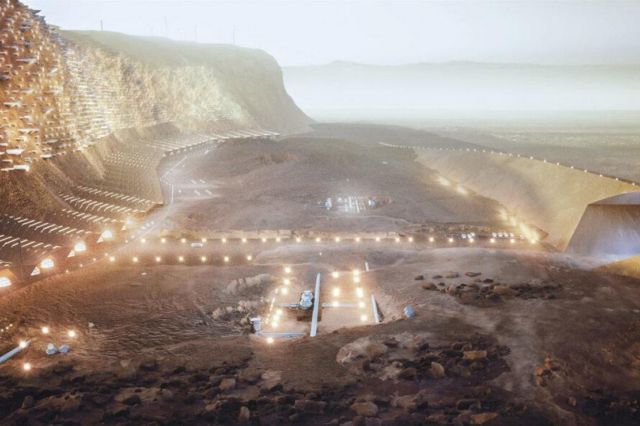
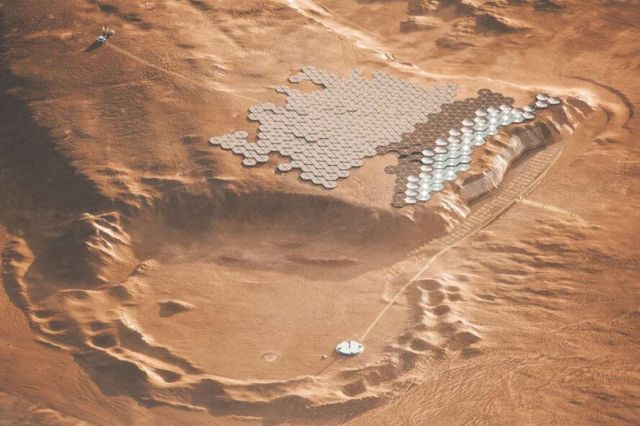
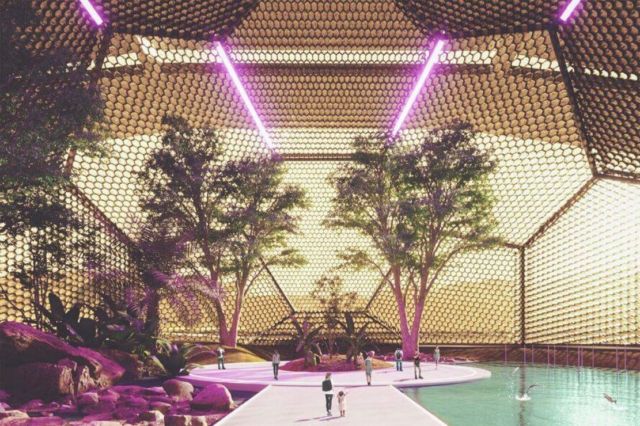
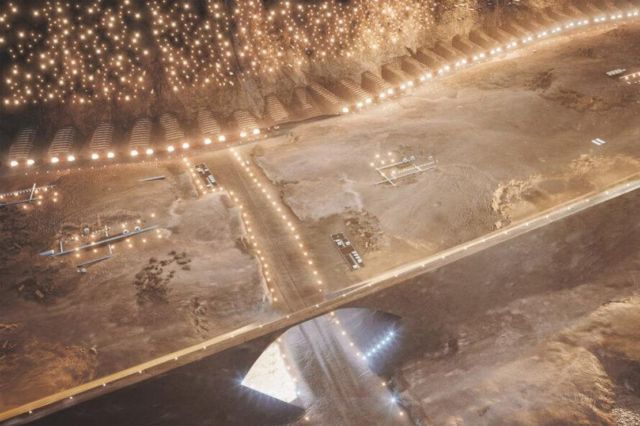
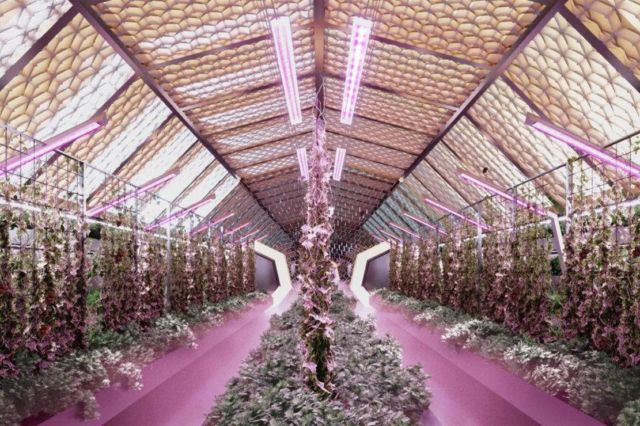
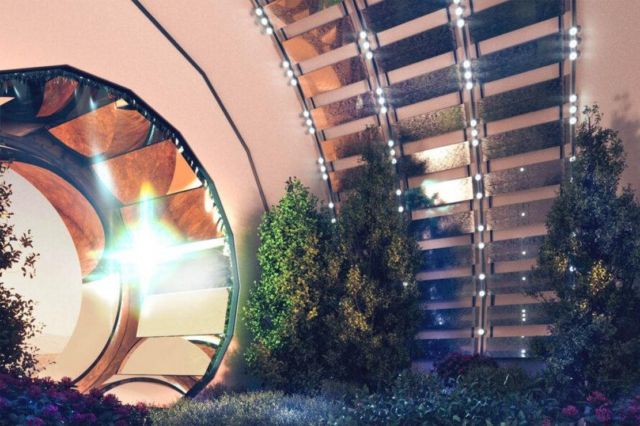
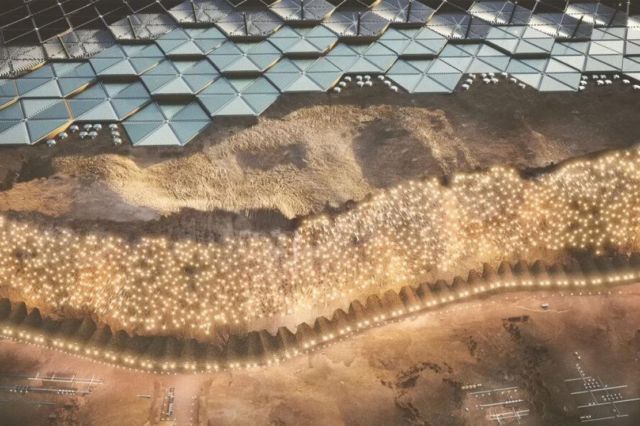
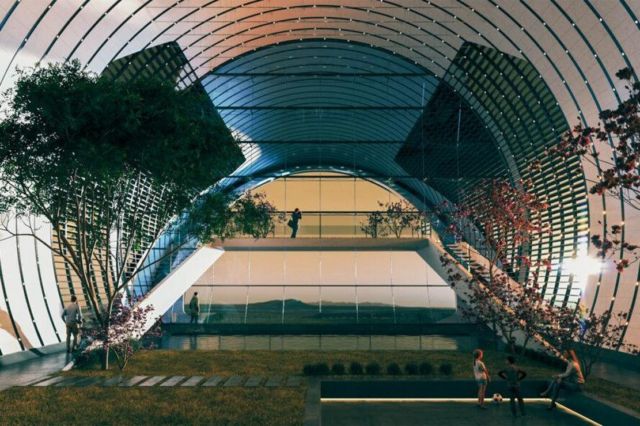
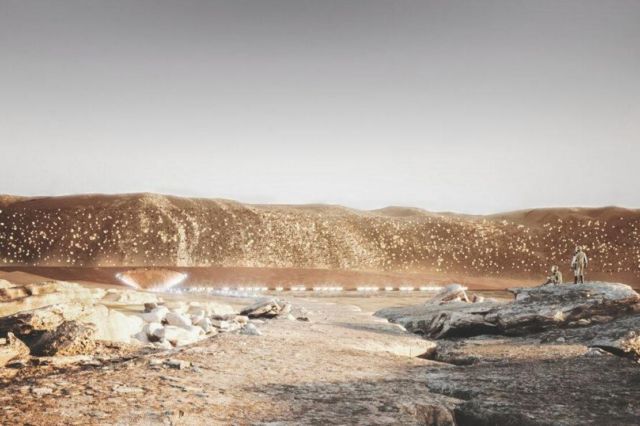
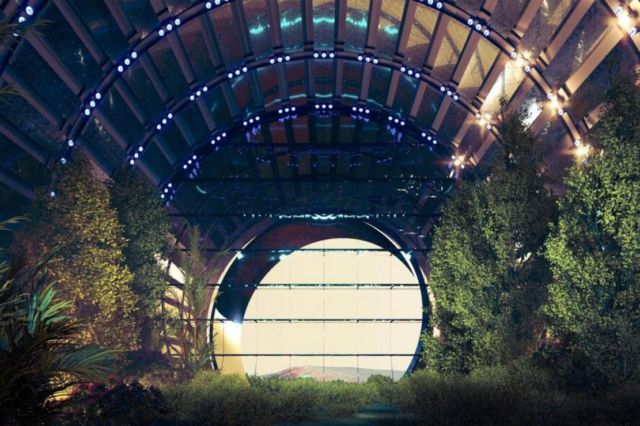
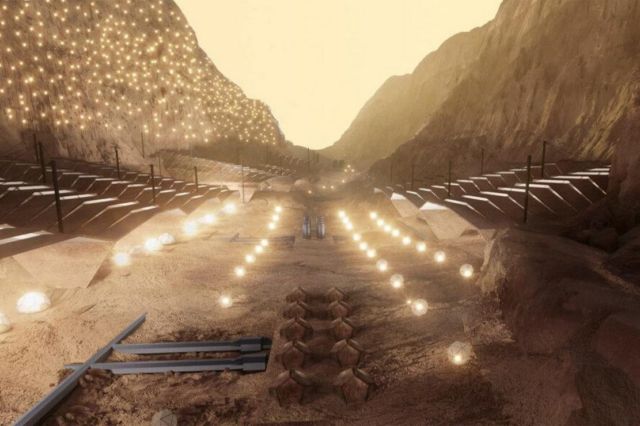
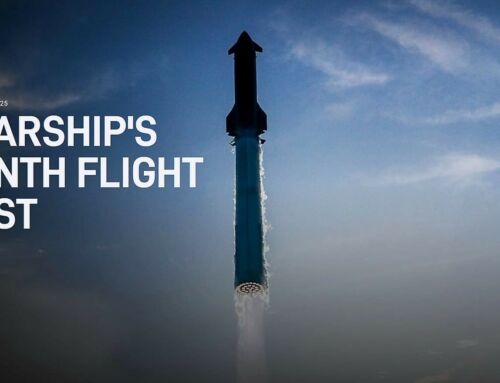

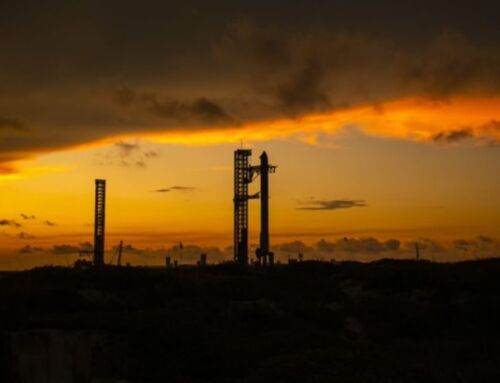

Leave A Comment